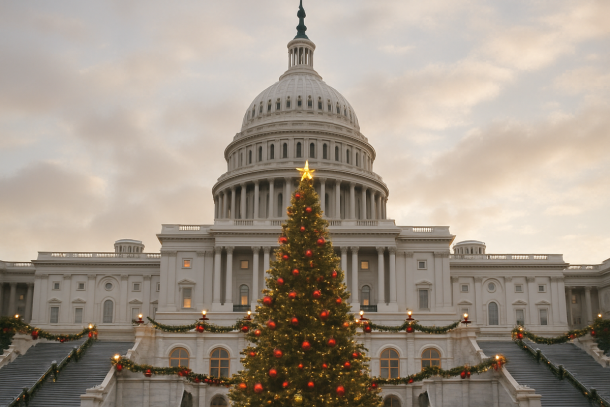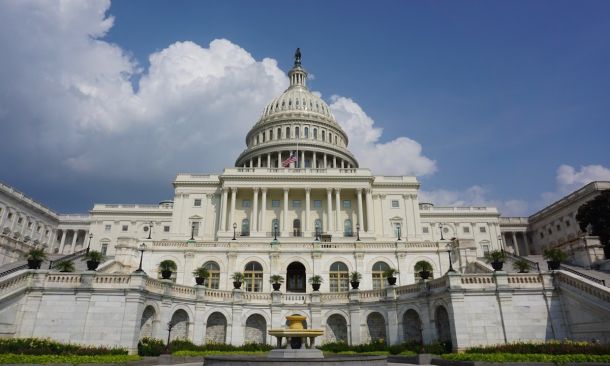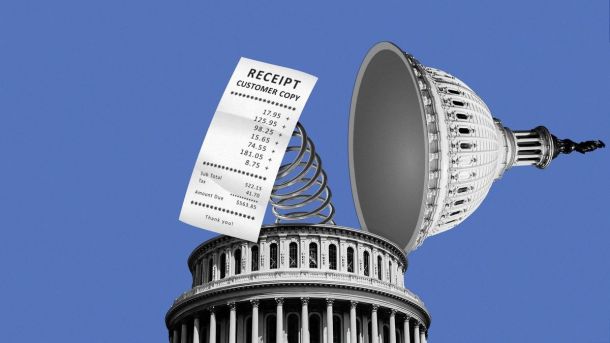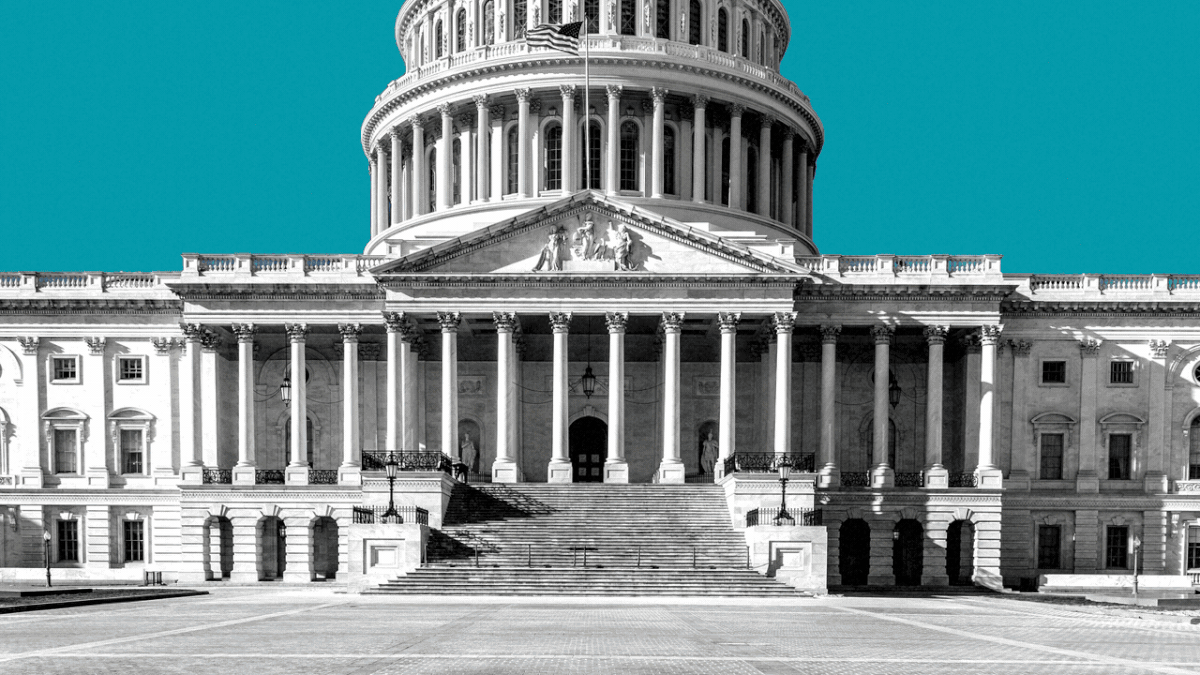Dec 11, 2025
eNews
NDAA excludes Subchapter V debt limit increase, benefiting creditors
December in Washington is dominated by last-minute negotiations on an array of must-pass bills Congress still needs to act on. Top of the list is the National Defense Authorization Act (NDAA), which funds the nation’s nearly $1 trillion annual defense budget. While predominantly focused on defense, the NDAA has become a Christmas tree for non-defense related legislation to ride along, and this year is no exception.
But this year’s tree is looking comparatively bare, a reflection of how few items this Congress can agree on and the narrow vote margins Congressional leadership has to manage…







